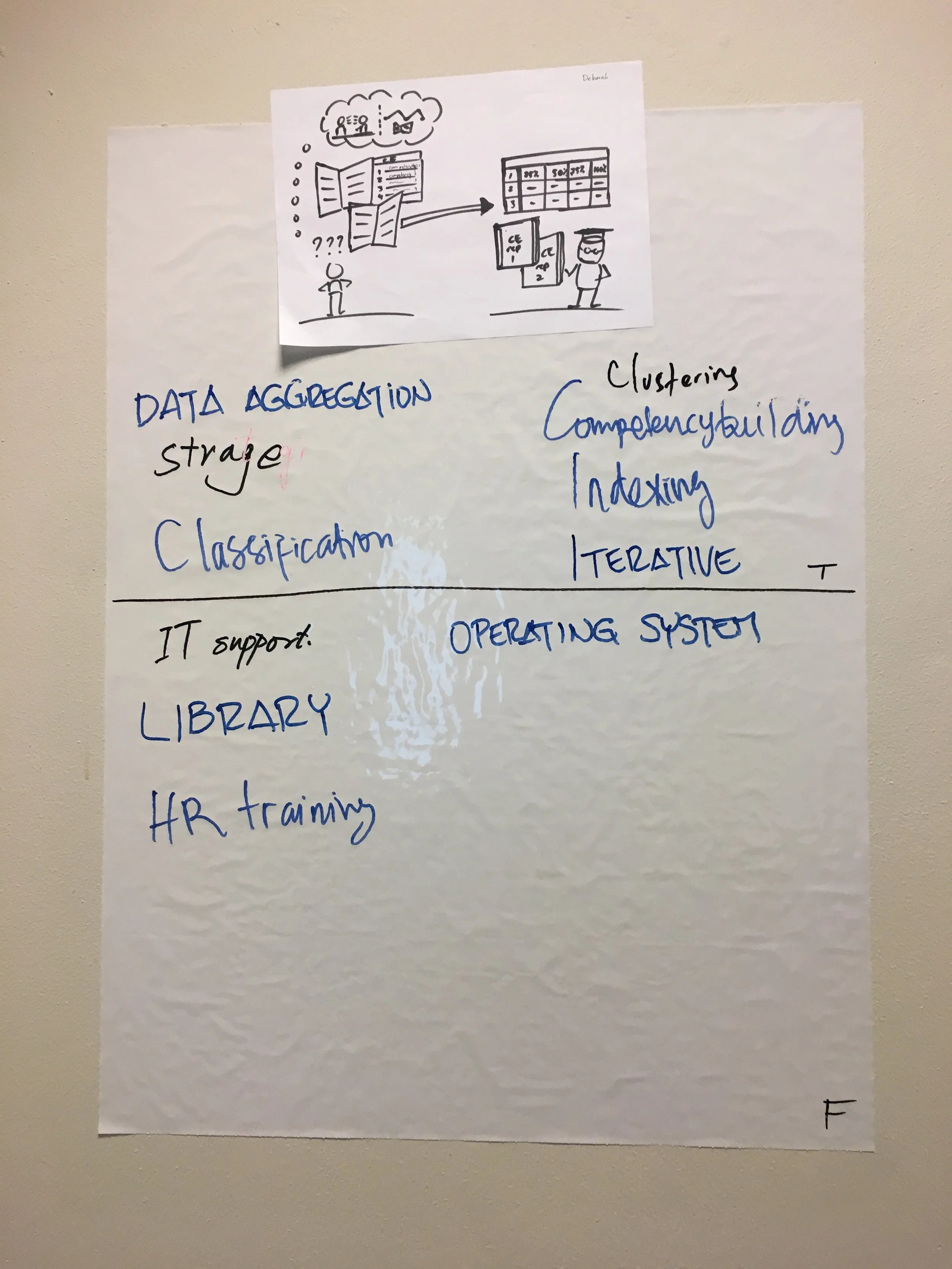After having been sick for almost a week (!) I was finally ok enough to get back to work last week. I worked on describing how the role of design role is expanding (or is is shifting?). Ceschin & Gaziulusoy (2016) describe quite well how the role of design has been expanding in the context of sustainability: from designers being responsible for designing products only to being tasked with incorporating the design of systems (e.g., sustainable product-service systems). Within this regard, three design roles can be distinguished: operational/functional, tactical/coordinating, visionary/strategic. One aspect here is terminology. While in my former papers, I have been using the terms functional, coordinating, and strategic, now that I am revising my work, it seems that in academic papers the terms operation, tactical and strategic are more commonly used terms. A second consideration would be whether I this way of categorising different in type of designers or the level designers work at, is the most interesting one. Other possible categorisation-strategies would be (1) along designer profiles (e.g., “designers as entrepreneurs” or “designers as “problem solvers” etc.) or (2) design expertise.
In parallel to the quest for defining and categorising design I looked at how to define design competencies based on a literature search. Again I focused on defining competencies in the context of (design) education. However, this search did not yield any useful insights, yet. For the time being I call it “what designers have to know and be able to do”. Besides literature, I extracted some competencies from interviews with designers who designed circular solutions. In these interviews I asked them about the challenges they were facing and asked them what they thought was important for designers to know or to be able to do in order to design for a circular economy (CE). Based on this information I derived some competencies that seem to be relevant in the context of a CE and will serve to expand the framework on design competencies for a CE featured in my last paper. Examples of initial findings from the initial round of (pilot) interviews include: being aware of how psychological obsolescence affect the product’s design and life cycle planning. In the past week I tried to cluster them in a meaningful way (e.g., according to a framework by Wiek et al, 2011 and Osterwalder’s business model canvas). in order to define make sense of how the competencies are connected. Not everything make sense. Yet, it did spark an interesting discussion with my supervisors. This made me reflect on whether all the competencies that I derived were specific the context of CE, whether my translation from the interview data was all-encompassing and whether I could use other frameworks to try-out new ways of categorising the competencies. In the upcoming two weeks I will look dive into literature a bit more to on the one hand create different ways of categorising design and on the other hand competencies.
Advanced problem-solving and decision-making course (pt. 1)
Last week I also followed a course on problem-solving and decision-making and increase my research-related skills. In the morning session of the course we focused on a certain problem we are facing or expect to face within our research. For me this was the fact that I have access to a lot of data (e.g., a database of Master student graduation projects focused on CE-related topics), but I am not sure what the best strategy would be to analyze the data. My main objective is to find out to what extent the students who completed these projects exhibit the design competencies for a circular economy (which in turn I will extract from interviews with companies engaging in circular creating circular solutions). Within the course we used Kees Dorst’s theory on frame creation. A short brainstorm with my fellows in the course resulted in new perspectives and ideas to look at the problem: look at the problem like a LIBRARY…. Interesting perspective, because I need to categorise a whole lot of qualitative content, and want to determine the quality of the work related to the design competencies for a circular economy. Similarly, libraries develop some sort of indexing system and some libraries determine the quality of the content based on how many times certain books get hired. Could I do something similar when analysing the reports? Perhaps by doing some sort of quantitative content analysis (i.e., checking how many times certain words, which are related to a specific competency, are mentioned). However, will this be enough? Some food for thought. Perhaps the part of the course focused on decision-making will help me with this.
The afternoon session of the course was focused on stakeholders in the PhD, leadership styles of supervisors and we got a sneak peak when it comes using unconscious thought decision-making technique. Next week more on which problem I used to apply this technique to and whether it worked for me
